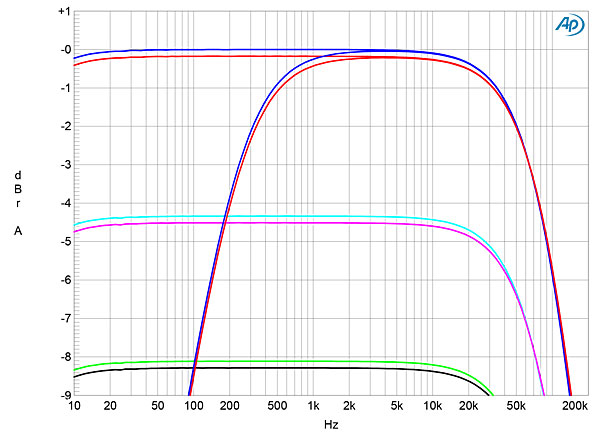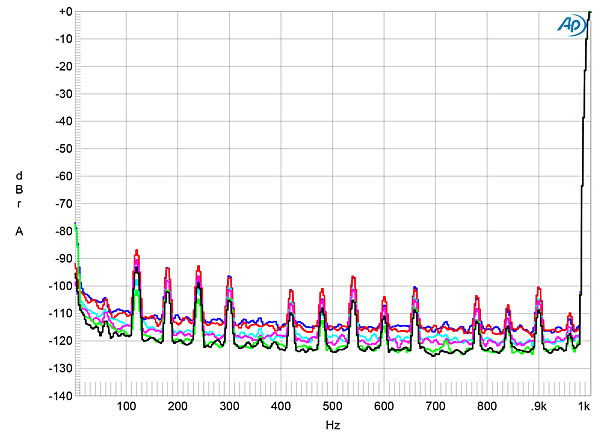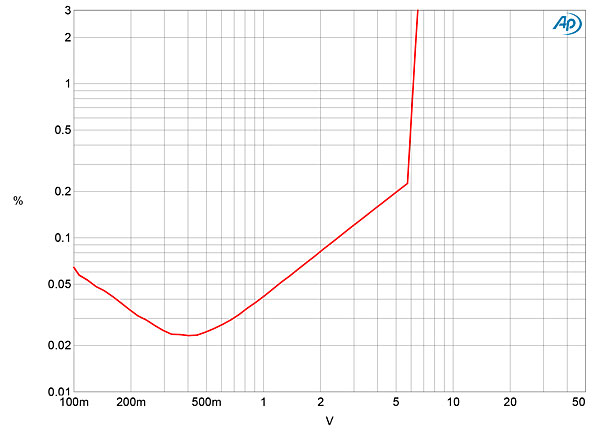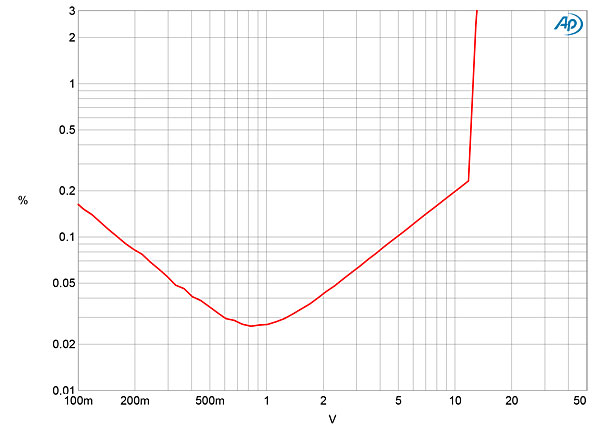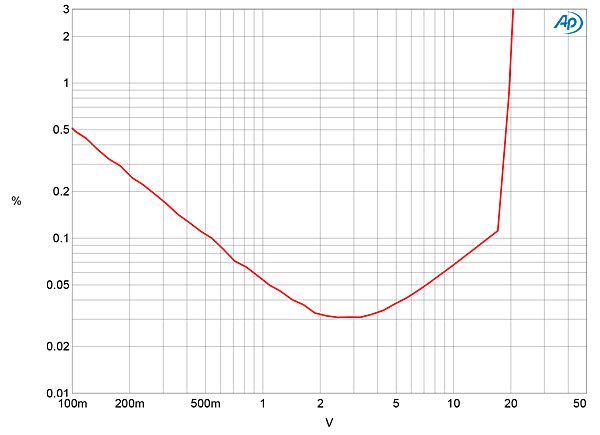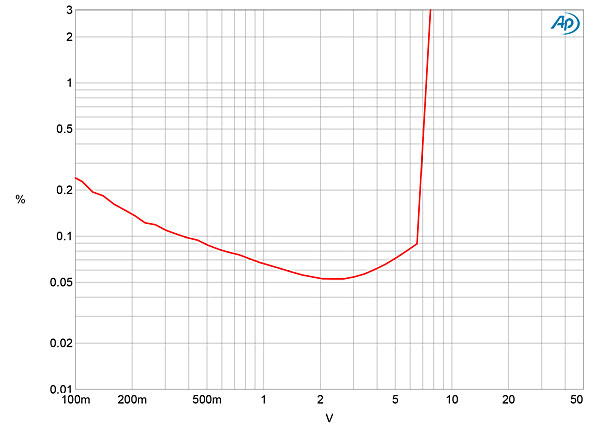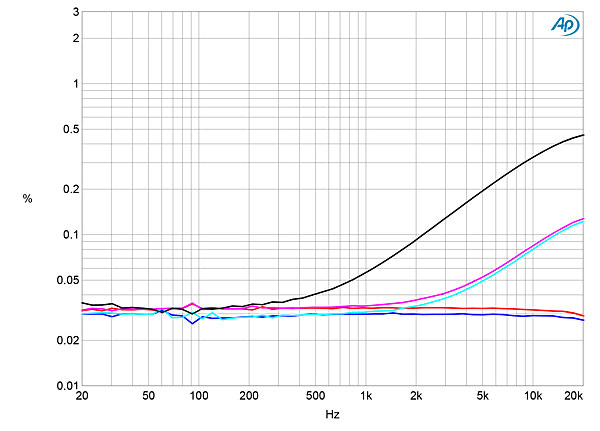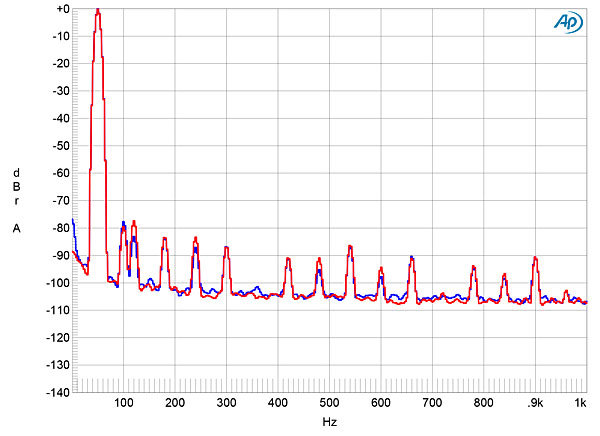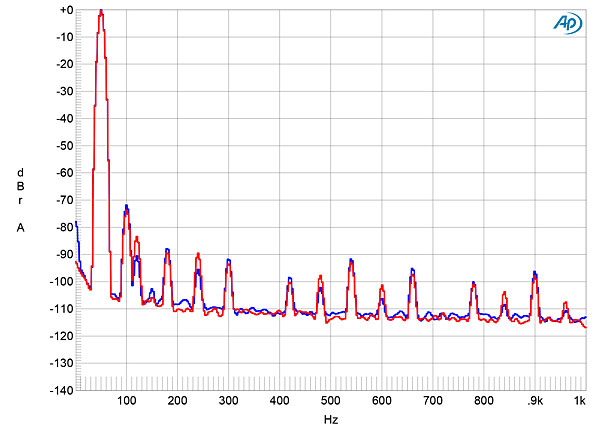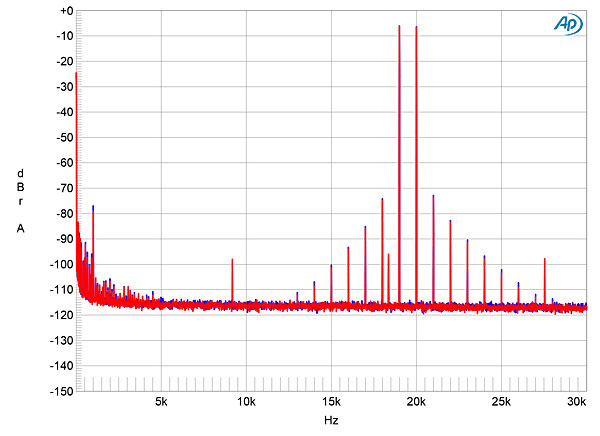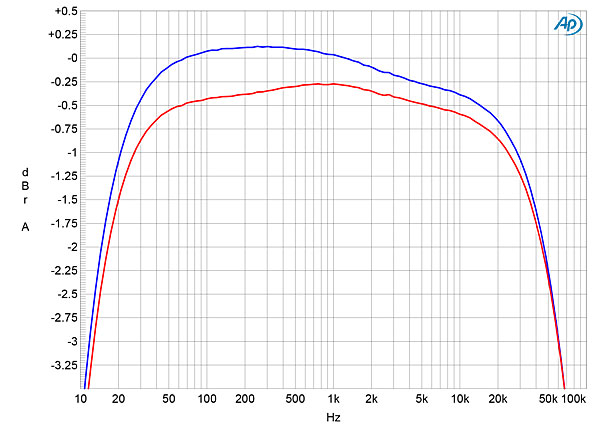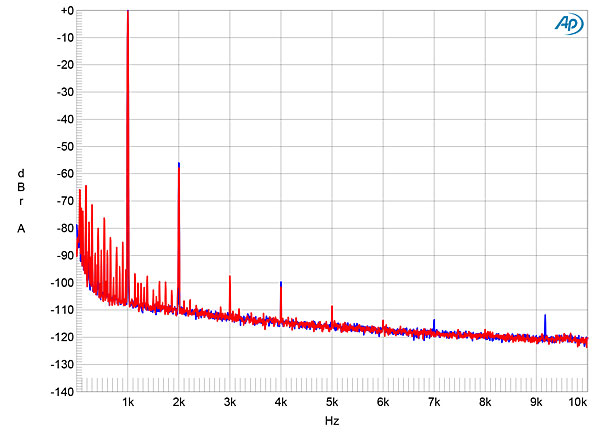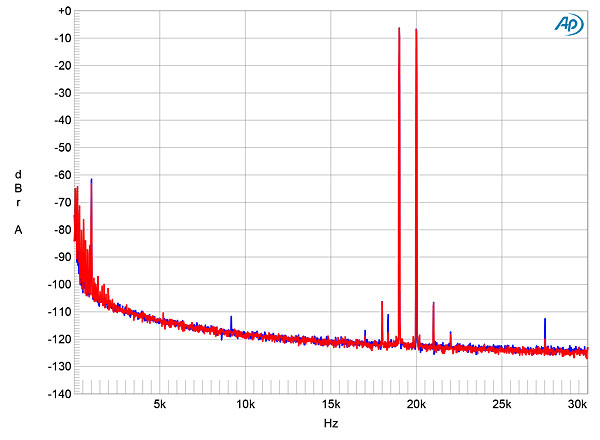| Columns Retired Columns & Blogs |
Not really.
That the output coupling cap is way too small, no bass into any amp that has low input impedance. EG: some Pass and others and many Class-d amps are 10kohm input, and this preamp will roll off the bass with phase shifts early into these.
Unforgivable, that cap should be at least 4 x larger for a pre that cost this much.
Cheers George
